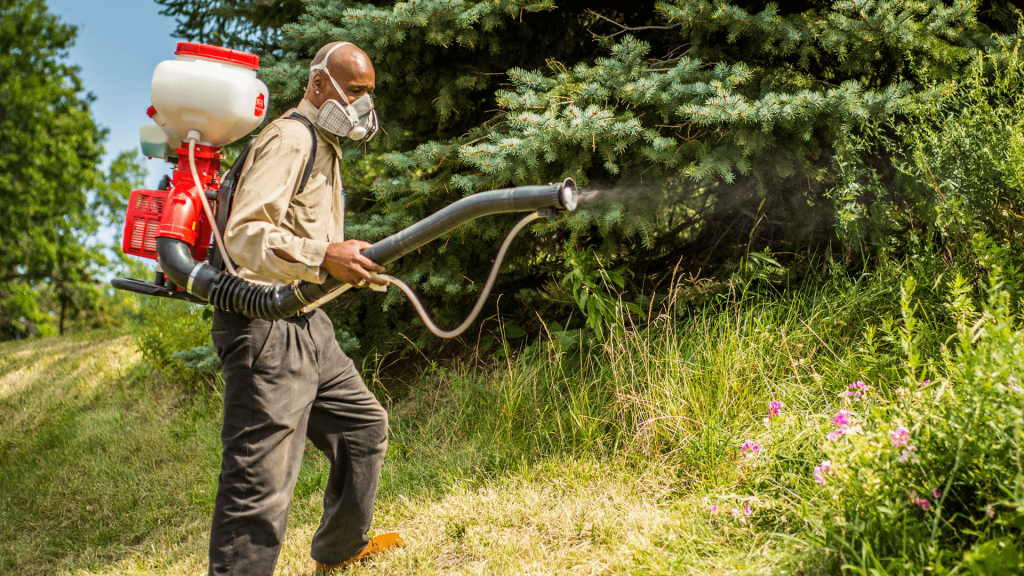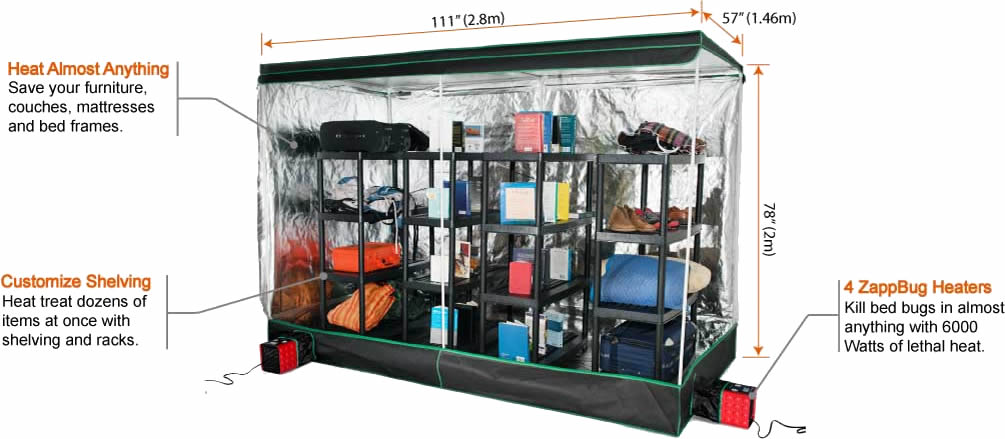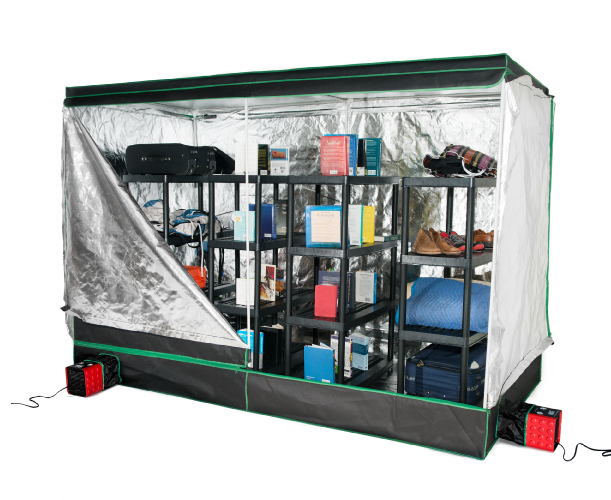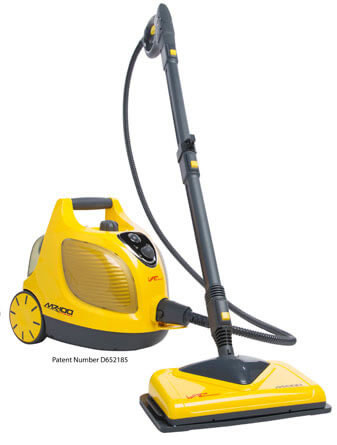Pest Control
We Get Rid Of ANy Pest
Guaranteed
If you’re searching for reliable pest control near Rochester, Innovative Pest Management delivers fast, effective solutions tailored to both homes and businesses. As a trusted provider of local pest control, we offer comprehensive services designed to eliminate pests quickly and prevent them from returning. Our experienced team handles everything from bed bug treatments and rodent control to bee and wasp removal, cockroach elimination, bird control, ant management, boxelder bug removal, and more.
Businesses can also count on us for dependable commercial pest control, with customized treatment plans that minimize disruptions and keep your facility safe, sanitary, and fully operational. Whether you’re dealing with a sudden infestation or looking for long-term prevention, Innovative Pest Management is committed to delivering professional, results-driven service you can trust.
For expert Rochester pest control solutions that protect your home or business year-round, contact us today.
Give us a call or contact us today to get started!
Common Pests We Handle
-
Birds
sparrows, seagulls, pigeons, starlings
(Commercial only)
- Carpenter Ants
- Pavement Ants
- Odorous House Ants
- Little Black Ants
- Bald Face Hornets
- Bumblebees
- Carpenter Bees
- European Hornets
- Bed Bugs
- Boxelder Bugs
- Woodchucks
- Groundhogs
- Fleas
- Ladybugs
- Drain Flies
- Cluster Flies
- Mosquitoes
- Mice
- Norway Rats
- Roof Rats
- Stink Bugs
- Spiders
- Moles
- Roaches
- Ticks
- Wasps
- Pantry Pests
- Occasional Invaders
- Yellow Jackets
- Millipedes
- Centipedes
- Snakes
- Voles


How We Can Help
Rid You Of Ants
Getting rid of ants begins with properly identifying the pest. Once the ant has been identified, we begin our inspection outside, after all, that is where the ant began its journey. We inspect for conducive conditions and cultural change that can aid in the pest control process. We will make you aware of factors in your environment that allow ants to thrive. A custom program will be created based on your particular ant and environment.
Ants in our Region
Although there are several thousand species of ants, we are lucky to have only a few in our region that are considered pests. The three most common ants that we will find in our homes are the carpenter ant, the pavement ant, and odorous house ants. We occasionally see other species, but these are the most common. The pavement ant and odorous house ants are nuisance ants but do not cause any property damage. However, the carpenter ant is a different story. It costs homeowners more money in damage each year than termites do. They do not do the damage nearly as fast, but when homeowners ignore them or attempt their own control methods.
Pavement Ants:
- Small brown ant.
- Usually in large numbers traveling in a line
- Will be attracted to foodstuffs
- Will be in areas where there is a lot of paved surfaces such as driveways and patios
- Get a more detailed description here
Odorous House Ants:
- Small brown ant, slightly thinner than pavement ant.
- Usually in large numbers traveling in a line
- Often found trailing along counters and up walls
- Not necessarily attracted to foodstuffs
- Gives a distinctive odor if crushed
- Get a more detailed description here
Carpenter Ants:
- Large black ant from ¼’ up to ¾”
- Many different sizes in same colony
- Mainly observed in kitchens and bathrooms
- Possible to hear in the walls
- May observe sawdust about the consistency of pencil sharpener shavings
- Attracted to moisture
- May or may not be attracted to foodstuffs
- Interesting Fact: The queen can live up to 25 years and workers typically live 2-3 years.
- Get a more detailed description here
Do You Have Bedbugs?
We'll Handle It
Bed bugs had been largely eliminated from the United State by the middle of the last century because of the widespread use of pesticides. Since then, many of those products have been named from the market such as DDT and chlordane, because even though they were deadly to the insects, there were undesirable effects to other organisms, including people. Bed bugs started garnering attention in the United States again in the early to mid-90’s. Some of the factors that have contributed are the amount of increased international travel that the people of the world are engaging in. Secondly, the pest control industry has changed with the support of manufacturers, We used to be an industry that believed in “spraying” everywhere we could, rather than an industry that is more “insect-specific” and our treatments are much more targeted in placement and pests to be controlled.
Learn About How You Can Treat a Bed Bug Infestation Yourself
Get Rid Of Bed Bugs, Chemical Free, In 24 Hours
With Our Do It Yourself Options
Use our ZappBug Room™ to exterminate your bed bugs without the expense of hiring a professional. Large items such as beds and couches can be placed inside the ZappBug Room™ and heated to a temperature of 120 degrees that will exterminate all stages of bed bugs. There is no need to pretreat infested items with bed bug sprays, powders, or other harmful pesticides. The ZappBug Room™ kills 100% of all bed bugs, in all life stages, including eggs, nymphs, and adults as a non-toxic and all-natural bed bug killer.

Rent ZappBugg™ Room

Rent a Vapamore For A Chemically Free Deep Clean
Worried about items that don’t go into the ZappBug™ Room? That’s where the Vapamore steamer takes over producing steam that reaches a temperature of 210-220 degrees – 120 degrees is needed to exterminate bed bugs. You can treat all the cracks and crevices of your room that bed bugs like to hide in and change attachments and treat large areas like your carpets with bed bug exterminating heat.

Keep control over
Nuisance Wildlife
Some known nuisances include groundhogs, woodpeckers, opossums, deer, and mice. A key to controlling wildlife damage is prompt and accurate determination of which animal is causing the damage. After proper identification, several different practical methods can be exercised for your unique situation to ensure proper extraction and limit re-infestation.

